EAW: E-150 Vs. Swagger Wagon

Rachel Drummond is the Swagger Wagon mom, and I think she’s as cute as the proverbial button. Sorry. I really do. Her Sienna SE, on the other hand, doesn’t do much for me. It’s expensive, it’s not all that roomy, it doesn’t tow worth a darn, and it’s a Toyota minivan..
I only have one child, but that child might one day decide to try karting and/or some other van-friendly activity. This being Econoline Appreciation Weekend, I wonder if perhaps we can’t cook up a right-wheel-drive alternative to the ol’ Swagger Wagon. Say it with me: “I got the pride in my ride…”
A 2011 Toyota Sienna SE clocks in at a pretty reasonable $30,750 base price. Reasonable, I should say, for a used Bentley! Really? Thirty-one Gs base for a V6 minivan? The E-150 seven-seater is $30,450 with the 4.6L V-8 and $31,400 with the 5.4. Let’s choose that: it gives us 255 horsepower with 350 lb-ft of torque against the Sienna’s wimpy… um… 266 horsepower and 245 lb-ft of torque. Focus on the torque number. The Sienna weighs 4,465 pounds against the E-150’s 5,695. Just for the record, my Town Car weights 4,502 pounds.
The “Towing Prep” package for the Sienna boosts the rating to 3500 pounds. Gosh, that means you could tow a Crosley Hot Shot on a Featherlite open-deck trailer! The E-150’s tow package bumps us up to a nice, robust 10,000 pounds, which is enough to tow a Toyota Sienna SE in an enclosed double-car trailer with built-in air conditioning, tool racks, and dance floor.
When we add all the fun stuff to our Sienna, it ends up costing $34,980. The E-150 is $38,745. The Toyota has dual power sliding doors, while the Ford has a single sliding or clamshell side door, your choice. The Sienna SE has sporty leatherette, but the E-150 XLT has real leather seating. Both claim Bluetooth and USB connectivity, but anybody who has checked out the Toyota and Ford implementations of those two technologies will run screaming away from the Swagger Wagon. Also, the E-150 has full DVD navigation, something for which you’ll need to write two additional checks with Toyota: one for the nav system itself, and one for the Sienna Limited on which it’s a model-exclusive option.
What else would help us make the decision? The Toyota has a generally nicer interior, will be far easier to drive in all weather conditions but particularly in snow, and will get much better fuel mileage. In the short-term, it will retain more resale value. The purchase of a Sienna marks you as a respectable part of the neighborhood; driving an E-150 will cause people to whisper behind your back that you are working nights as a drywall contractor, attending a church where the Bible is read aloud without shame, or possibly both.
The E-150 will last just about forever. It requires less maintenance. It can be used as an actual van if required, and if you keep both of these vehicles for 250,000 miles you will find the Ford is worth something at resale time and the Toyota probably is not. Twenty years ago, it was well-accepted that suburban moms were competent to drive full-sized vans. Today’s E-150 is easier and more pleasant to steer than its 1990 counterpart but somehow we all now believe that a woman would kill everybody in the ZIP code if she had to operate a RWD-only truck.
Even among appreciators of Econolines, on a weekend where such appreciation is encouraged, I don’t think we can sell an E-150 to a Sienna mommy. Unless, that is, she isn’t really a Sienna mommy. Maybe she drives out to a rural cabin once a month. Maybe she’d like to tow a boat. Maybe she needs to load the cargo area with, say, 30 bags of cat litter, something which would bring a Sienna to its bumpstops but which the E-150 would accept with Econoline equanimity. In other words, if she’s an adventuresome mommy she might find the big Ford can do things for her that the Toyota can’t even consider accomplishing.
It’s something to think about. The Sienna may be a “Swagger Wagon”, but moms (or dads) who have a little bit of swagger in their lives might want to consider Ford’s ancient van before they pull the trigger on that default choice.

More by Jack Baruth
Latest Car Reviews
Read moreLatest Product Reviews
Read moreRecent Comments
- Kwik_Shift_Pro4X I fell asleep looking at that image.
- Verbal Rented a Malibu a while back. It was fine, if a bit gutless.I get that Detroit wants to go all-in on high profit margin SUVs and blinged-out MAGA trucks. Everyone has known for decades that they can't compete on price in the affordable sedan space. So now all of Detroit's sedans are gone except for a couple of Cadillac models.But you'd think that just one of the domestic brands could produce a fun, competitive and affordable sedan. Just one? Please? Anyone? Bueller?
- 3-On-The-Tree I wouldn’t even use Ford as a hearse for fear of being late to my party.
- SCE to AUX Norway is in Europe, and Tesla is an American automaker - no problems there.I wouldn't use Ford as the bellwether.https://www.reuters.com/business/autos-transportation/tesla-extends-lead-norway-evs-take-record-82-market-share-2024-01-02/https://elbil.no/english/norwegian-ev-policy/
- Steve Biro If the U.S. government wants to talk about banning all connected cars - or at least the collection and sharing of information from said vehicles - I’m all ears. Otherwise, don’t waste my time.




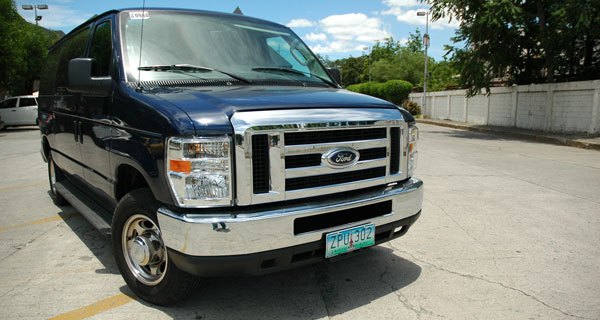












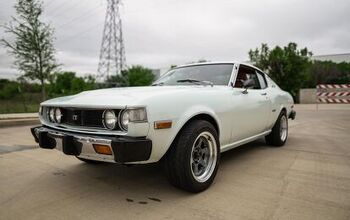
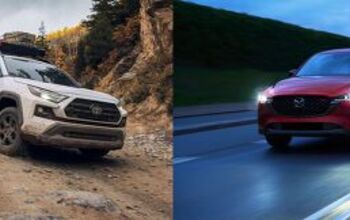

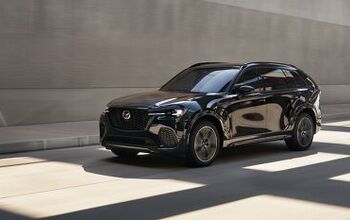


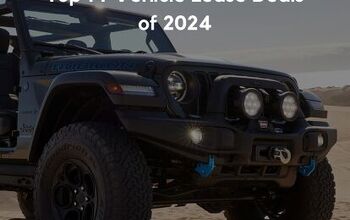
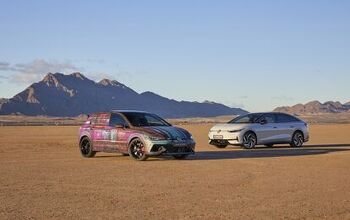

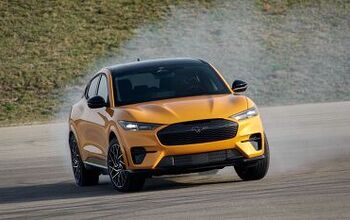
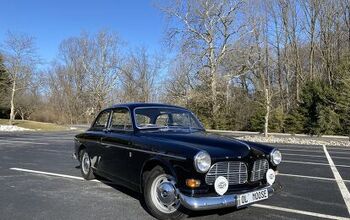

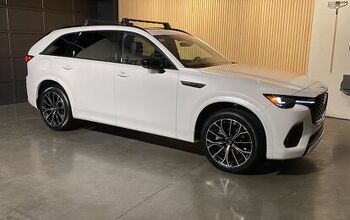
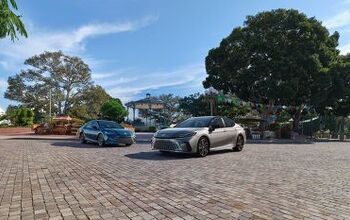

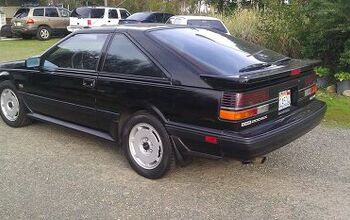

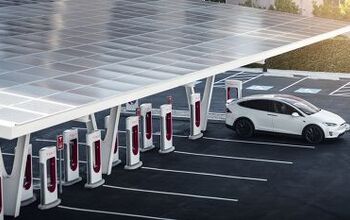
Comments
Join the conversation
If you want to go full monty, you can get a Quigley 4x4 conversion for around $11k extra and get a van that can go anywhere an F150 can go. There are a few in my area, mostly E-350s and about half are Sportsmobile campers.
Jack, There's some truth in your argument about the value-per-pound of an E150 vs. a Sienna/Ody/Caravan, but there's a world of difference not only in the way the Ford drives van but in how it PARKs. There are underground parking facilities where full-size vans simply won't clear. The ride and steering is comparatively awful. I've spent enough time in E150s and E350s in the past few years to say they're simply too too bulky and unpleasant for the kind of real-world use this kind of buyer now expects. Those who are happy driving a minivan rarely need more than 3,000-lbs. towing plus seven-passenger capacity. Those who need more are probably more drawn to the Suburban or Expedition XL, both for image and refinement. The thing that bothers me the most is that the minivan has evolved into a 4400-lb. monstrosity, overpriced with gadgets that will cost even more over the long haul. I really think in terms of reasonable power-to-weight and fuel economy ratios, we've been getting out of whack with everyday sedans, minivans and the like. It's been getting especially bad since about 1995 when the automakers started putting 200+ hp V-6s in midsize cars, with subsequent weight and power increases. I hear Honda will address this with the next Accord. Good. These segments need exactly the kind of downsizing GM gave its fleet back in the Seventies, like last week's Curbside Classic http://www.thetruthaboutcars.com/curbside-classic-gms-greatest-hit-3-1979-chevrolet-caprice-classic/.